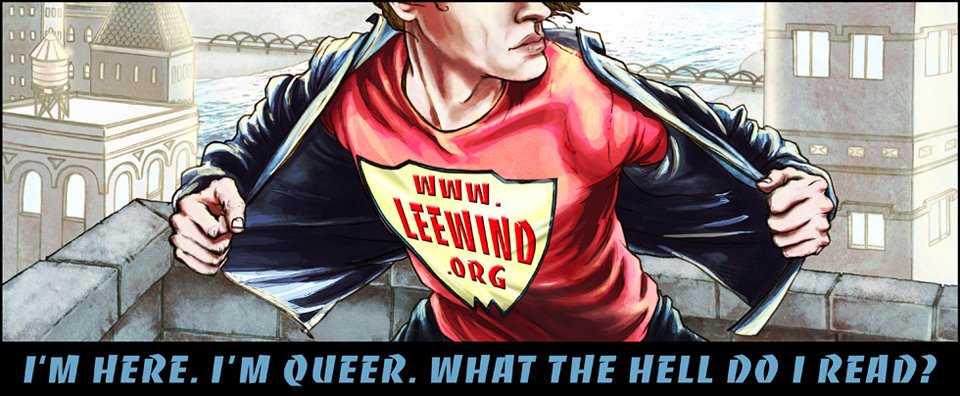Ruth will eventually remarry, this time to Boaz. But this marriage is clearly not a relinquishing of the relationship to Naomi but a way of sheltering that relationship and of giving it security. Ruth and Naomi become coconspirators in snaring the wealthy Boaz. Indeed, Naomi gives Ruth precise instructions for an act of brazen seduction. She is to go onto the threshing floor after all are asleep and crawl under the cloak blanketing Boaz, uncovering his "feet" (3:4). Linafelt points out that here "feet" is likely a euphemism for genitalia and thus implies a fairly direct seduction. When he discovers Ruth snuggling up to his bared flesh, he agrees to cover her so as to hide her (or rather, them) from the eyes of the other men. He appears delighted that she has tried to seduce him, an old man, rather than the young bucks on the floor (3:10). Hence he decides on a way to prevent Ruth from being exposed as a shameless hussy so that he can marry her and have this beauty for himself.
The plots all work out. Boaz acquires Ruth for a wife, and they produce an heir who is David's grandfather. But the fulfillment of this design is itself more than a little strange. It is not only that the whole thing is arranged by women in order to find security for the love that binds them to one another. The way the wording of the conspiracy works is also that Naomi, in telling Ruth what to do, says that she herself will do it. (cf.3:1). Thus, where we read "you," the Hebrew often reads "I." It is as if in some fundamental way Ruth and Naomi are already "one flesh" (e.g., 3:3-4).
Moreover, the birth of Obed should, in patriarchal culture, mean that Ruth has given a son to Boaz. But the text makes clear that the son is born to Naomi. This is, at least, the view of the women of the village, who exclaim, "A son has been born to Naomi" (4:17). In an odd way the text makes Naomi both the mother (for she becomes the nurse of the infant; v.16) and the father (for it is to her that the son is born). This merging and shifting of gender mirrors what has happened earlier in the case of Ruth. Though younger, she leaves mother and father and cleaves to Naomi as Genesis says the man cleaves to the woman.
So interpreted, the story may help us see how the love of women for one another has managed to survive and even thrive under conditions of patriarchy and heterosexism. The obligations of the patriarchal structure are in fact complied with: Boaz has a son. But by this means the women find a shelter within which their love for one another can flourish. It is, after all, this love - the love of these two women for one another - that is the entire motivating force for the plot that unfolds; that is the romantic heart of this short story.
How amazing, and hopeful, that Ruth and Naomi found a way to be together for the rest of their days... and how incredible that the fruit borne of this lesbian love sired, in three generations, King David, who had a queer love of his own!
Ahh, I love learning how our queer love stories are so integral and woven into the quilt of our culture's founding myths!
Namaste,
Lee
The above excerpt is from pgs. 229-230 of "Jacob's Wound: Homoerotic Narrative in the Literature of Ancient Israel" by Theodore W. Jennings, Jr.
960.jpg)
















No comments:
Post a Comment